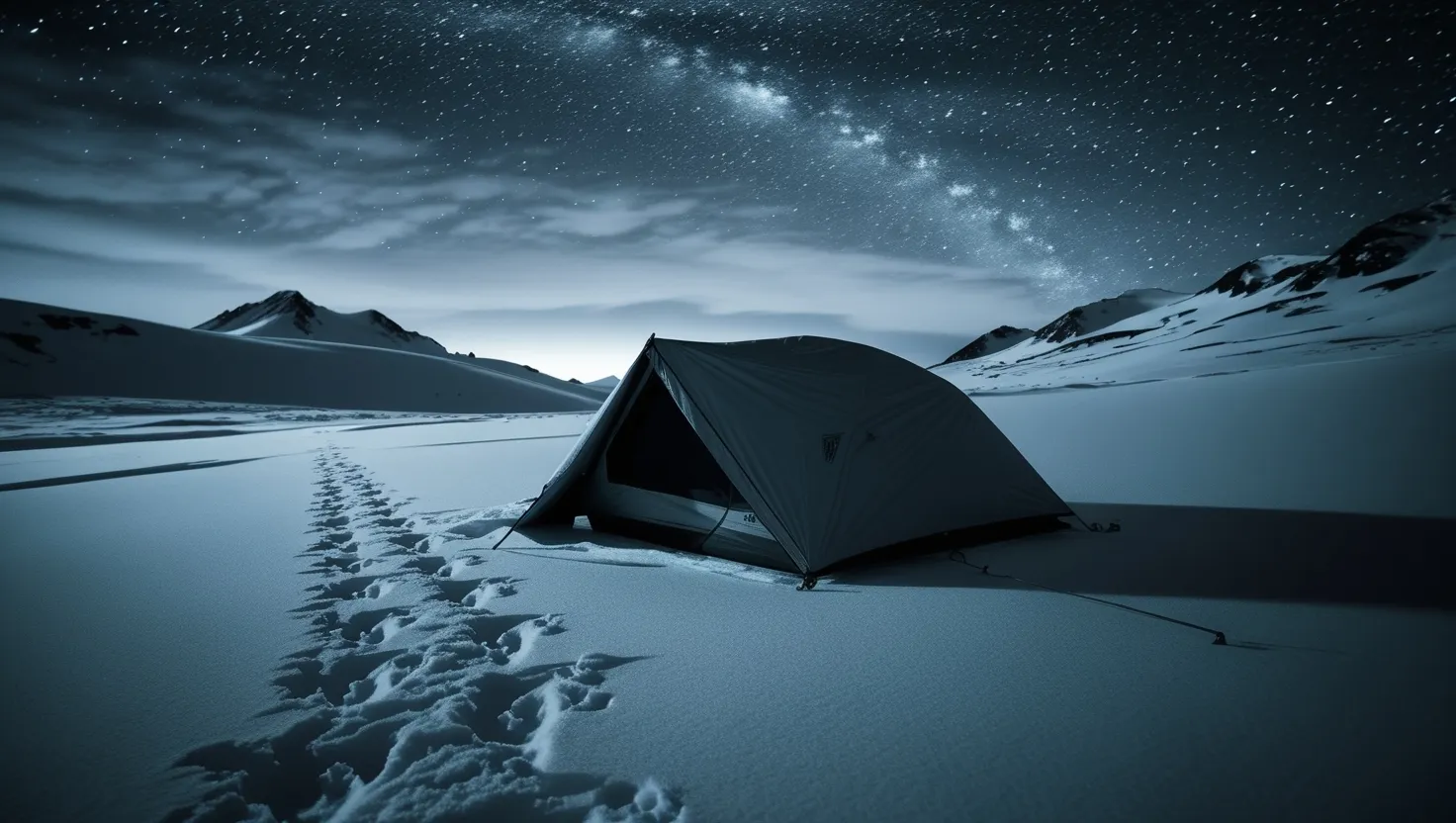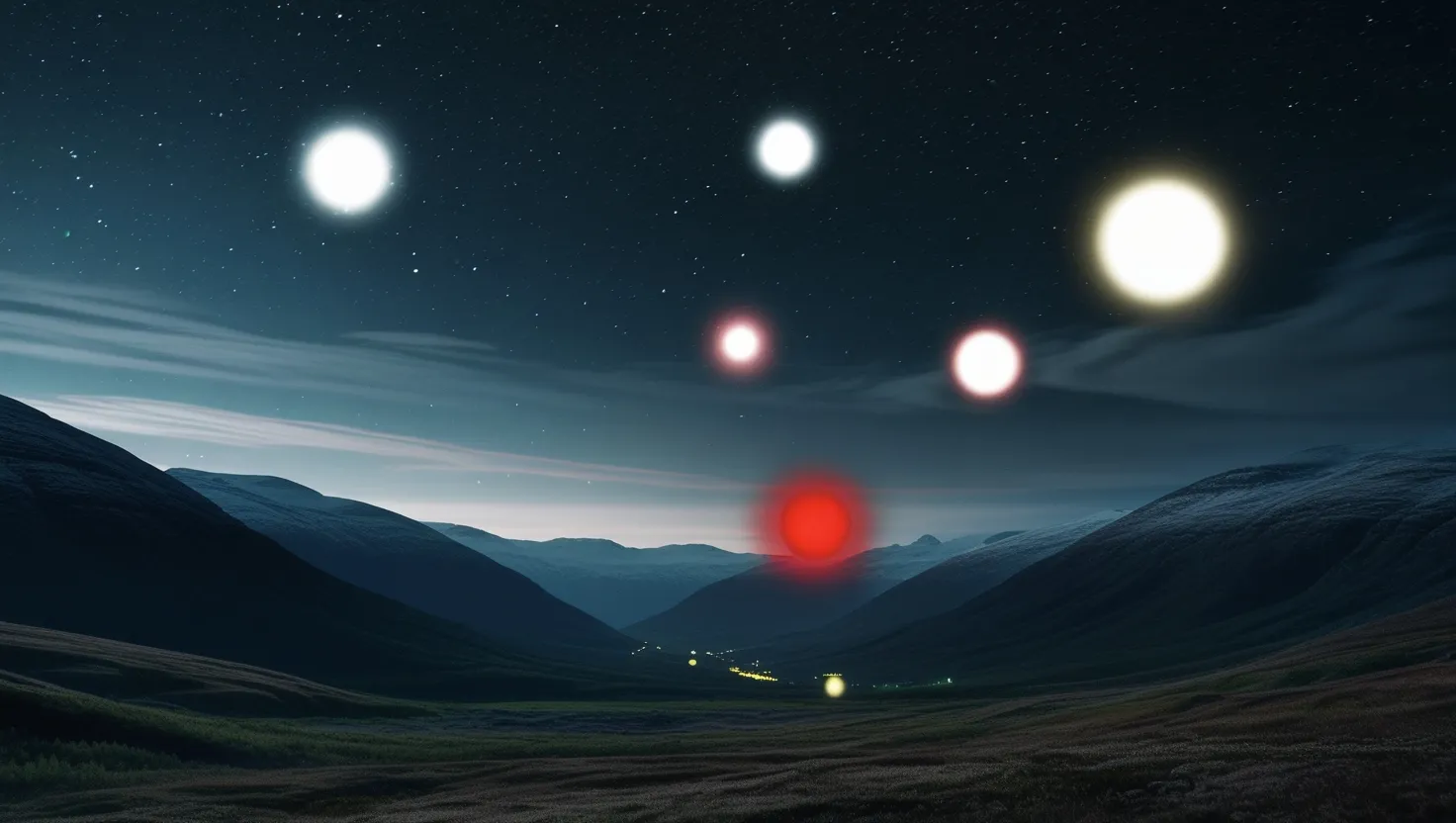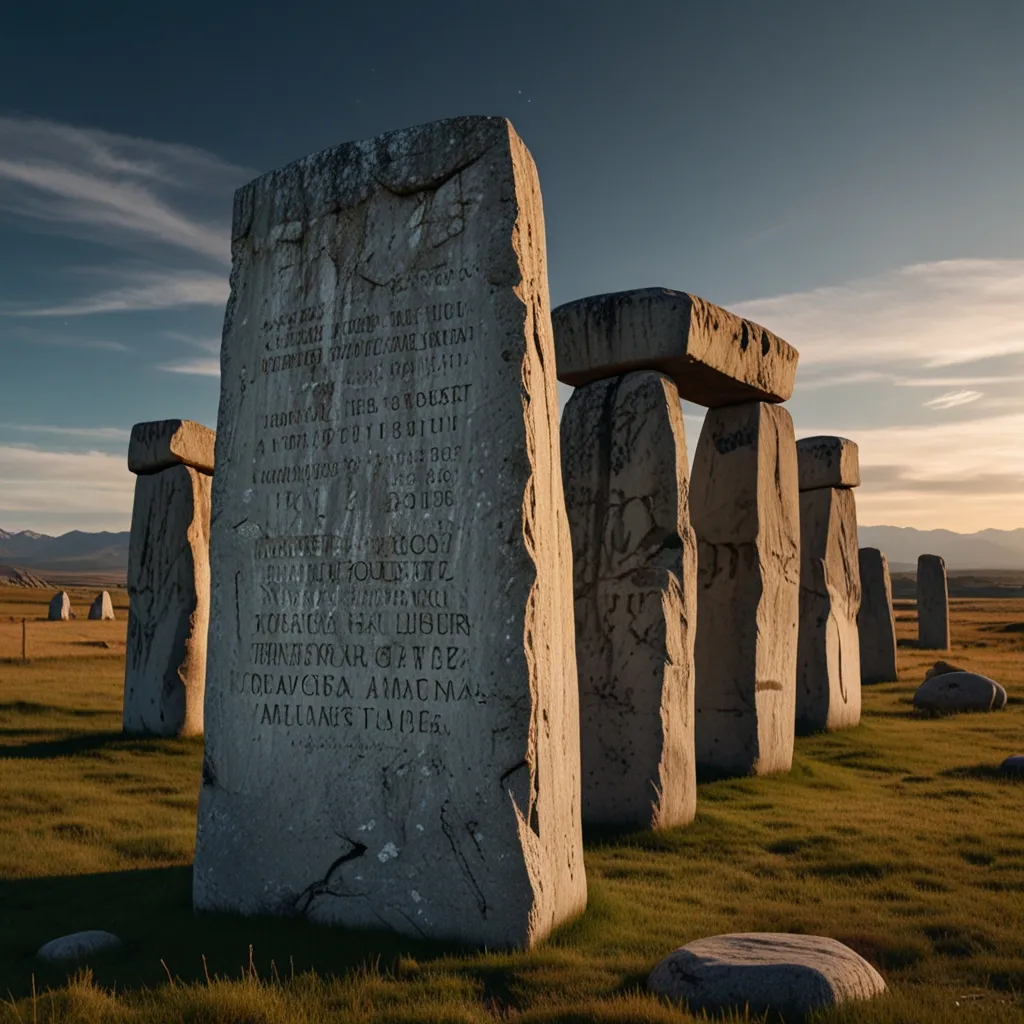In the winters of 1959, a mountain pass in the Urals became the site of one of the most bizarre puzzles in modern history. I often find myself coming back to that wind-lashed tent, half-collapsed but still standing, and picturing the nine hikers who had embarked on what should have been a challenging—but routine—expedition. What really happened out there, beneath the cold stars and the wide, empty sky? Even today, this question stirs debate, skepticism, and the kind of curiosity that just won’t let go.
The Dyatlov group weren’t novices. Many of them were students or recent graduates with significant experience, trained in survival and outdoorsmanship. They planned to summit Mount Otorten, braving a landscape where winter night can be absolute and the ground itself groans under the weight of Siberian silence. One member, Yuri Yudin, turned back due to illness—a twist of fate that left him as the lone survivor, grappling for the remainder of his life with the why and how.
When the search party found the abandoned campsite nearly a month later, the scene looked more like a riddle than a tragedy. The tent was cut open from within, as if those inside had been compelled to escape urgently. Scattered tracks indicated some hikers walked, not ran, down the slope without their boots or coats. Bodies were found at varying distances, some huddled together by a makeshift fire, others seeming to have perished while trying to return. A few suffered injuries that, under most circumstances, would be expected in a high-speed car crash—not a trek through deep snow.
What was powerful enough to drive experienced hikers into the night in subzero temperatures? Why leave behind boots, jackets, even supplies? And how to explain the broken ribs and skulls, the missing eyes and tongue? Was this simply a tragic encounter with natural violence, or something more organized—more human—at work?
Let me put this question to you: have you ever felt a sudden, unexplainable urge to leave or act, as if driven by something irrational? Science calls these panic responses. The Dyatlov case is often used as a case study in how fear can override training and logic.
The official investigation at the time, mired in the secretive atmosphere of the Soviet Union, concluded only that a “compelling natural force” had killed them—a verdict that, even now, raises more questions than it answers. Rumors swirled about forbidden military tests, experimental weapons, and strange artifacts of Cold War research. Some documents were sealed, classified, or simply went missing. Survivors’ families and curious civilians alike have spent decades appealing for more transparency, often hitting walls of silence.
“The most beautiful thing we can experience is the mysterious. It is the source of all true art and all science.” —Albert Einstein
Despite the avalanche theory becoming the official stance in recent years, questions persist. The slope’s angle is less steep than typical avalanche sites, and the tent remained partially standing—a detail at odds with a massive snow slide. Some proponents of the avalanche explanation have brought in studies on the nature of slab avalanches, which can strike with incredible, focused force. But why no telltale debris, and how did some of the injuries—like a missing tongue or the absence of external trauma—fit the model? As one researcher put it, nature can be cruel, but it is rarely so inscrutable.
Recent experiments, including slope reconstructions and computer modeling, suggest that under extreme conditions, small snow slabs could exert enough pressure to break bones while leaving few outward marks. There’s evidence that visibility, weather, and topography disguise the traces of such an event soon after it occurs. Still, I have to ask: why did nine people choose to cut their way out instead of using the tent’s entrance? Why walk into the night instead of staying together inside?
Then there is the ever-persistent thread of Cold War paranoia. In 1959, the Soviet Union was a cauldron of innovations and covert experiments. Secret military installations dotted the map, some not far from Dyatlov Pass. Declassified files occasionally reveal missile launches in the vicinity, though not directly over the hikers’ route. Nearby villages reported strange orange lights soaring across the night sky during that critical window—phenomena chalked up to “illusions” by officials but never meaningfully debunked. Was this a simple case of mistaken identity, or did military tests go awry?
“Three things cannot be long hidden: the sun, the moon, and the truth.” —Buddha
The hikers’ clothing also showed trace radiation—another oddity. Radiation wasn’t uncommon in the USSR at the time, especially with students often moonlighting in research facilities, but it fueled stories of secret experiments, rogue warheads, and even exposure to materials outside human knowledge. Could the group have stumbled into a restricted zone and encountered something beyond weather?
Some favor a psychological explanation. The region is susceptible to infrasound—low-frequency vibrations produced by the wind as it passes over the mountain shapes, which can trigger unease, headaches, or feelings of dread. In the right conditions, could these have sparked panic and led them into the fatal cold? Ball lightning—strange, floating spheres of electrical energy—has also been documented in mountainous areas. Exposure might have been terrifying, but there’s little direct evidence.
Culture adds another layer. The local Mansi people consider the area sacred, home to spirits that shouldn’t be disturbed. Stories persist, not just of spiritual vengeance but of rare wilderness encounters with aggressive wildlife or even clandestine groups. Many Mansi consider the western interpretations disrespectful misreadings—another reminder that every story changes shape depending on who is telling it.
Years later, the wounds on some of the victims continue to invite speculation. The missing tongue, for instance, is readily explained in some forensic circles as the result of ordinary decomposition or animal activity, yet the notion of a more sinister cause endures. Why is it that, in the absence of answers, our minds reach for stories of conspiracy, the paranormal, or the monstrous? Maybe it’s the uncomfortable fact that nature’s randomness can be terrifying in its own right. Or perhaps secrecy breeds suspicion, especially when governments move quickly to lock away records.
“Believe those who are seeking the truth. Doubt those who find it.” —André Gide
One of the lesser-known aspects of the case is just how many alternative theories were initially considered and then quietly set aside—ranging from fireballs caused by secret weapons to interpersonal disputes erupting in violence. Even a romantic triangle found its way onto the list before being discounted by those closest to the hikers. I find myself wondering what would have happened if the terrain had been slightly different, the weather less hostile, or if just one more person had turned back with Yudin.
This incident has left a lasting mark not just on science or Russian folklore, but also on popular culture: books, films, documentaries, and even operas. Each retelling colors the facts a shade darker or more speculative. Digital sleuths and forensic scientists alike keep revisiting autopsy reports, weather logs, and even satellite imagery searching for that elusive “missing piece.” It’s remarkable just how much energy we as a society will invest when a straightforward narrative proves elusive.
So, here’s my final question for you, reader: Is it possible for some stories to resist solution—not because we lack data, but because the event itself defies simple categories? The more we learn about the psychology of fear, the fragility of the human body in extreme cold, and the unpredictable force of the environment, the more we realize how slender the line can be between survival and disaster. And when official explanations feel incomplete or shrouded, our search for truth takes on a life of its own.
The Dyatlov Pass tragedy stands as a challenge. It forces us not simply to pursue answers, but to examine the way we interpret uncertainty, navigate official narratives, and confront the boundaries where knowledge slips quietly into mystery. In the end, the story is less about what happened in that snowy valley, and more about what we are driven to explain—and why some questions may echo much longer than the search for their answers.






